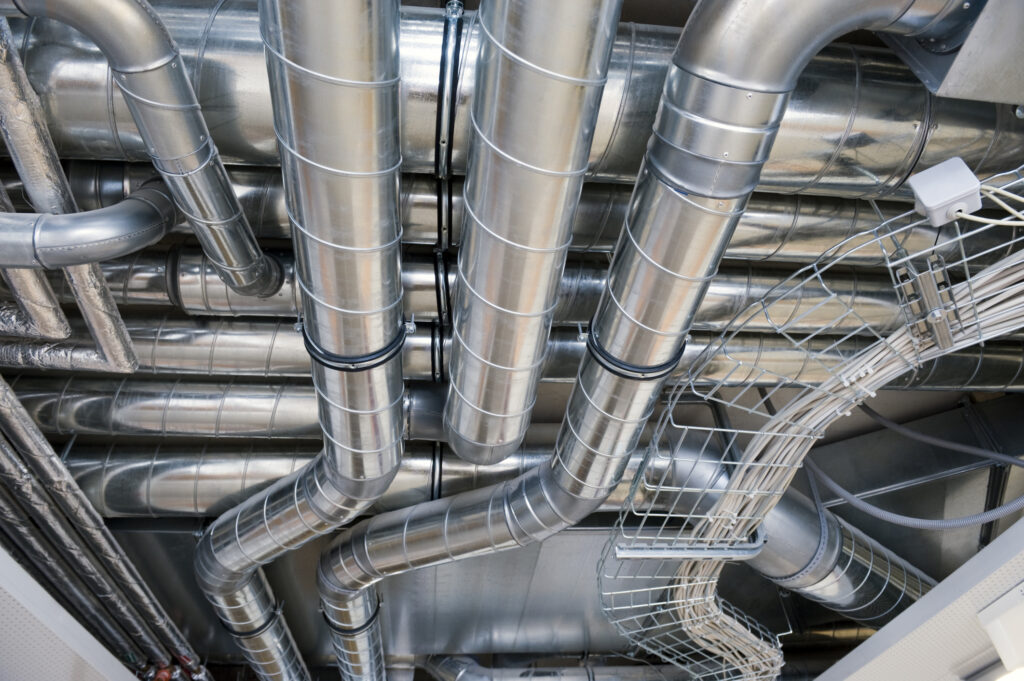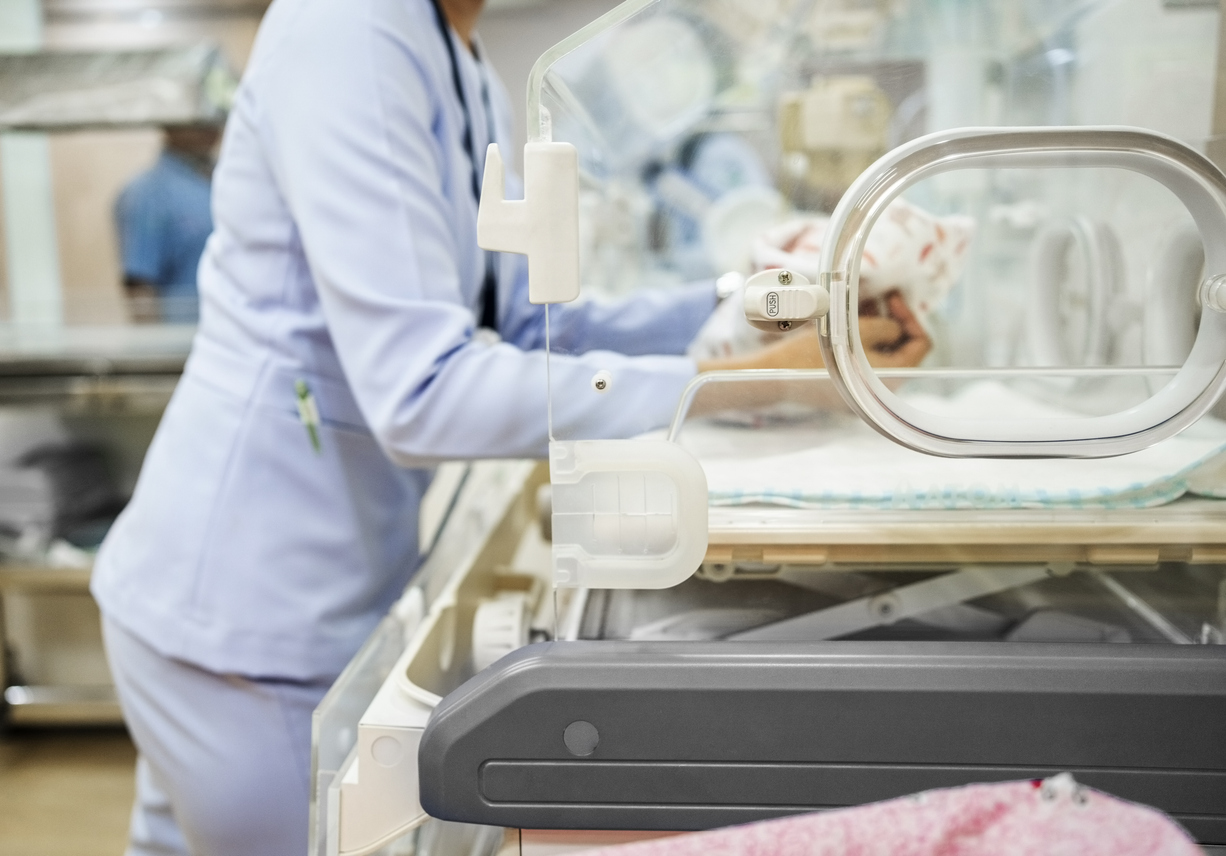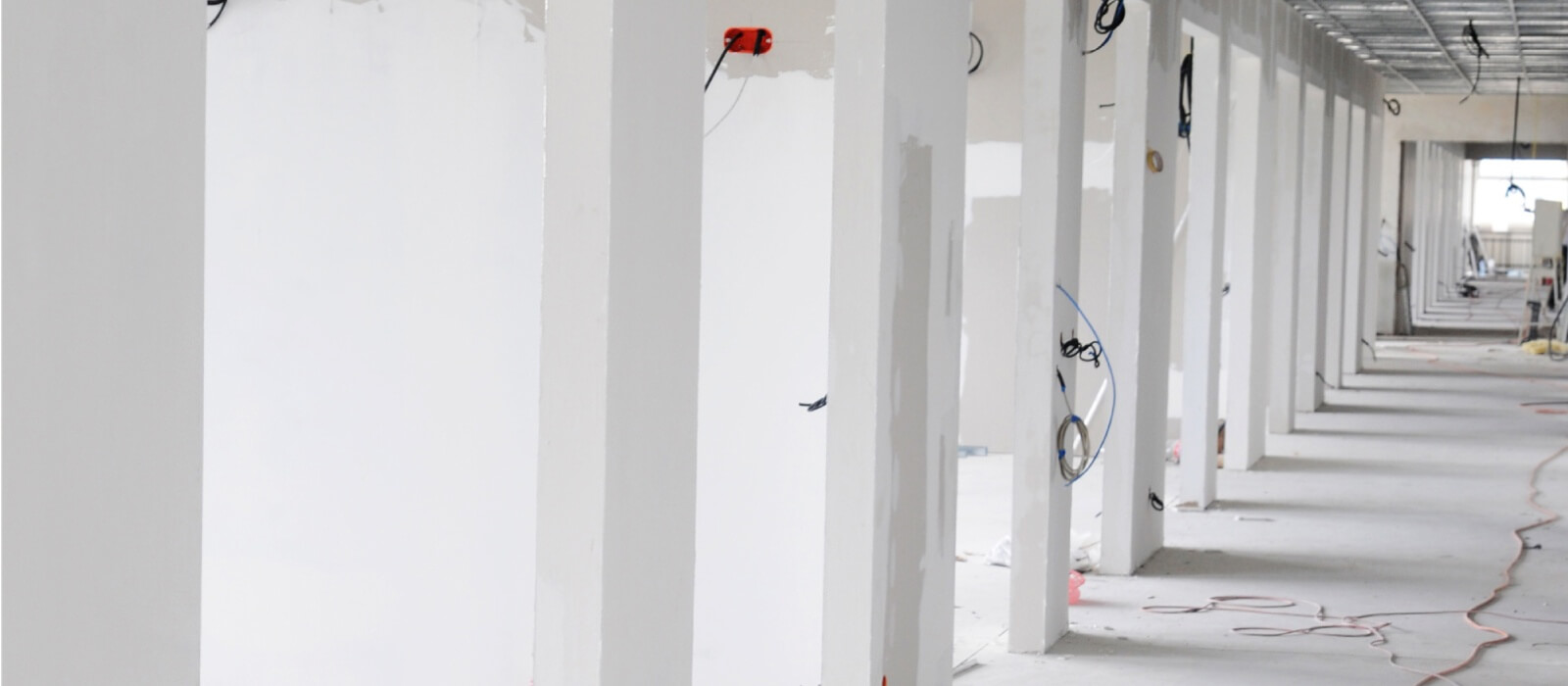The Importance of Hospital Infection Control — and What Facility Managers Need to Do About It

Hospital infection control isn’t solely a responsibility for doctors and nurses. With the rising concerns surrounding healthcare-associated infections (HAIs), reducing infections in the physical environment has become an increasingly more important — and regulated — priority. Due to high-publicity outbreaks and increased scrutiny from regulatory agencies, healthcare facility managers are now joining infection control practitioners on the front lines of patient outcome improvement.
And it doesn’t take much digging to understand just how devastating contracting an infection from their physical environment can be for a vulnerable or immunocompromised patient. Take Aspergillus infections, for example. Hospital construction or renovations account for half of all healthcare-associated Aspergillus outbreaks, with an estimated 5,000 deaths due to construction-related infections occurring each year. In fact, it’s estimated that transplant patients who suffer from an Aspergillus infection face a mortality rate between 74 to 92 percent.
The risks don’t stop with just one type of fungi, like Aspergillus. Hospital-acquired Legionnaires’ disease (caused by Legionella bacteria) has a higher than 40 percent mortality rate — which is approximately twice as deadly as the rate for community-acquired Legionnaires’ disease. While this increased rate is easily explained by the vulnerable condition of hospital patients, it only further underscores the importance for vigilant infection prevention.
The most prominent and highly publicized occurrence of infection in recent years caused by failing to maintain the physical environment is the New England Compounding Center (NECC) fungal meningitis outbreak of 2012. With more than 800 cases of illness and more than 65 deaths across 19 states, this outbreak was nothing short of precedent setting.
The consequences of these risks have shed new light on the steps facility managers and infection control practitioners can take to minimize instances of physical environment-related infections. While there are concrete processes and actions that need to be put in place, let’s first discuss their responsibilities in looser terms.
First and foremost is obtaining a clear and thorough understanding of the infection risks and the role the physical environment can play. Once these risks are assessed and a mitigation plan is put into place, facility managers need to help foster communication between departments and individuals responsible for enacting these processes. Without communication and clear designation of roles and responsibilities, risks cannot be properly managed.
Next, while patient safety is a top priority of healthcare facilities, maintaining compliance with various regulatory and accreditation agencies is also front of mind with many facility directors. Luckily, focusing on one will certainly help with the other.
There are specific risks that facility managers need to not only be aware of, but actively help to prevent. We’ve identified four critical risk areas that represent the most common instances of infection, pose the highest risk to patients, and have recently received increased attention from regulatory agencies. These four areas are:
- Improper pressurization and ventilation
- Construction site isolation
- Legionella growth
- Sterile drug compounding contamination
If you are looking for strategies to improve infection prevention in your hospital, contact us to speak with an expert today!
Subscribe
to our blog
"*" indicates required fields




